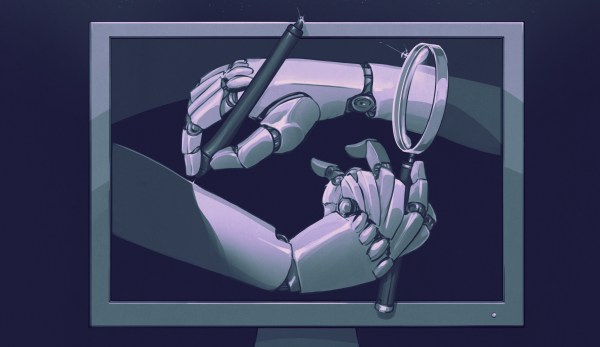Building a robotic arm and hand that matches human dexterity is tougher than it looks. We can create aesthetically pleasing ones, very functional ones, but the perfect mix of both? Still a work in progress. Just ask [Sarah de Lagarde], who in 2022 literally lost an arm and a leg in a life-changing accident. In this BBC interview, she shares her experiences openly – highlighting both the promise and the limits of today’s prosthetics.
The problem is that our hands aren’t just grabby bits. They’re intricate systems of nerves, tendons, and ridiculously precise motor control. Even the best AI-powered prosthetics rely on crude muscle signals, while dexterous robots struggle with the simplest things — like tying shoelaces or flipping a pancake without launching it into orbit.
That doesn’t mean progress isn’t happening. Researchers are training robotic fingers with real-world data, moving from ‘oops’ to actual precision. Embodied AI, i.e. machines that learn by physically interacting with their environment, is bridging the gap. Soft robotics with AI-driven feedback loops mimic how our fingers instinctively adjust grip pressure. If haptics are your point of interest, we have posted about it before.
The future isn’t just robots copying our movements, it’s about them understanding touch. Instead of machine learning, we might want to shift focus to human learning. If AI cracks that, we’re one step closer.











